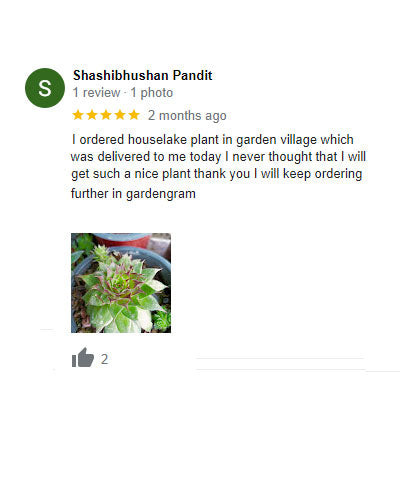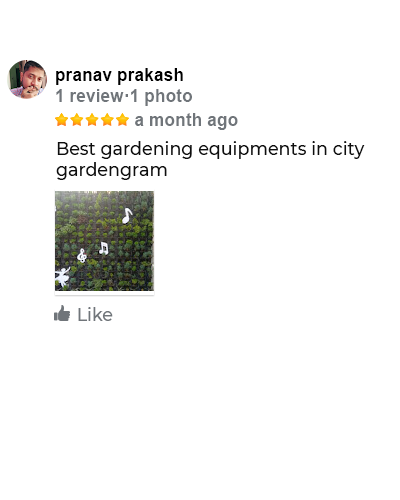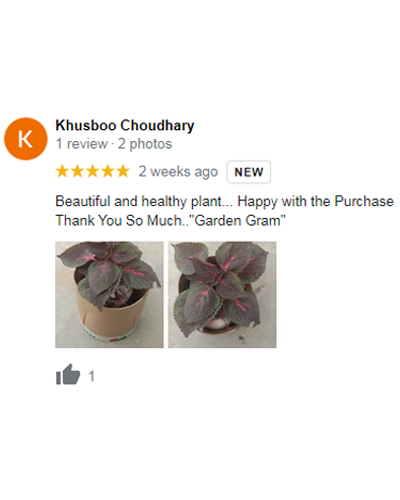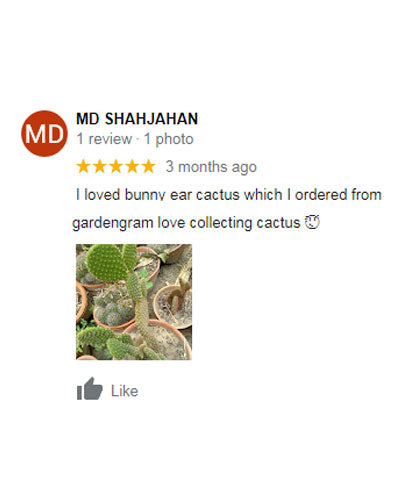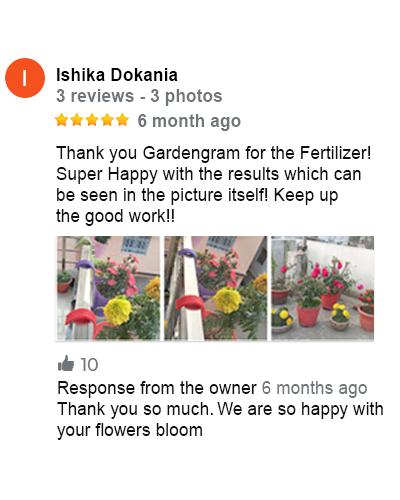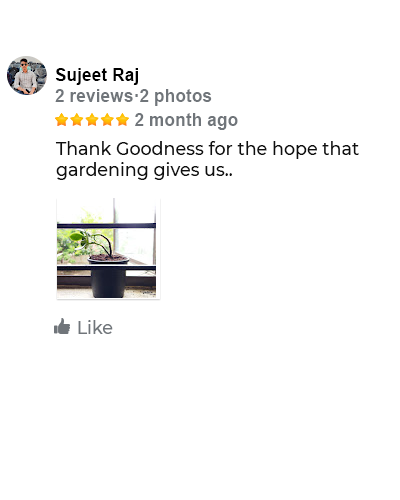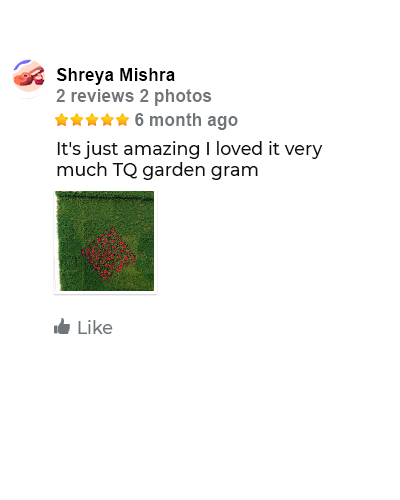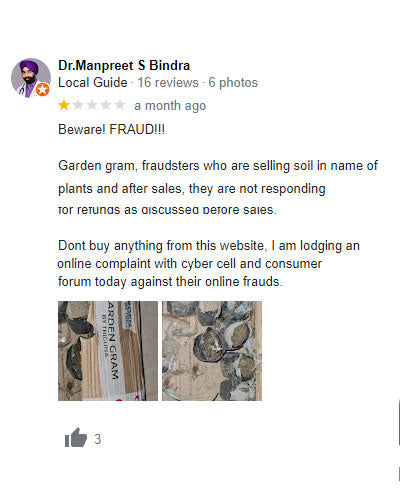How to Save Your Overwatered Houseplants: A Comprehensive Guide
Over the years, many plant enthusiasts have faced the all-too-familiar dilemma of overwatered houseplants. It's a scenario that can turn your once-vibrant greenery into a soggy, wilted mess. But don't worry, because, in this comprehensive guide, we'll walk you through the steps to rescue your overwatered plants and help them thrive once again.
Why Overwatering Can Be Harmful to Your Plants
Before we dive into the rescue mission, let's understand why overwatering is detrimental to your beloved houseplants. Excess moisture in the soil can lead to a host of problems, including root rot, mold, and a decline in your plant's overall health.
Signs of Overwatering
Drooping and Yellowing Leaves: One of the most noticeable signs of overwatering is when your plant's leaves start to droop and turn yellow. This is a clear indication that the roots are struggling to breathe due to excess moisture in the soil.
Soggy Soil and Root Rot: Gently poke your finger into the soil, and if it feels consistently soggy, it's a red flag. Overwatering can suffocate the roots and lead to root rot, a serious condition that can be fatal if left untreated. Mold and Fungus Growth: Mold and fungus are unwelcome guests in the world of houseplants, and overwatering creates the perfect environment for them to thrive. Keep an eye out for fuzzy growth on the soil surface or near the base of your plant.
Rescuing Your Overwatered Houseplants
Step 1: Assess the Damage Examining Your Plant's Condition:
Start by assessing the overall condition of your plant. Are the leaves wilting, yellowing, or browning? Take note of any visible signs of stress. Checking the Roots: Gently remove your plant from its pot and inspect the roots. Healthy roots should be firm and white. If you notice mushy, brown, or foul-smelling roots, root rot may be the issue.
Step 2: Repotting and Soil Replacement Choosing the Right Pot and Soil: Select a pot that provides proper drainage and is just slightly larger than the previous one. Opt for a well-draining potting mix suited to your plant's specific needs. Transplanting Your Plant: Gently remove excess soil and any damaged roots, then transplant your plant into the new pot with fresh, well-draining soil. Be sure not to bury it too deep.
Step 3: Adjusting Your Watering Routine Understanding Your Plant's Needs: Different plants have varying watering requirements. Research your specific plant's needs and adapt your watering routine accordingly. Some like to dry out between waterings, while others prefer consistently moist soil. Implementing a Watering Schedule: Establish a watering schedule based on your plant's needs and the environmental conditions of your home. Remember that factors like humidity, temperature, and season can affect watering frequency.
Proactive Measures to Prevent Overwatering
Choosing the Appropriate Pot When selecting pots, opt for containers with drainage holes. This simple feature allows excess water to escape, reducing the risk of overwatering. Using Well-Draining Soil Mixes Invest in high-quality potting mixes designed to ensure proper drainage. These mixes provide the right balance between moisture retention and aeration. Proper Watering Techniques Water your plants thoroughly but avoid leaving them sitting in water-filled saucers. Ensure the water drains out freely, allowing the roots to breathe. Monitoring Environmental Factors Be aware of the environmental conditions in your home. Adjust your watering routine in response to factors like humidity, temperature, and changes in season.
Common Mistakes to Avoid
Overcompensating with Water Resist the urge to overcompensate for past overwatering by drowning your plant. It's better to err on the side of caution and allow the soil to dry slightly between waterings. Ignoring Drainage Issues Neglecting proper drainage in your pots can lead to continuous overwatering problems. Always choose pots with drainage holes. Neglecting Root Health Healthy roots are the foundation of a thriving plant. Don't forget to inspect and care for your plant's roots during the rescue mission. Not Adjusting for Seasonal Changes Seasonal variations in temperature and humidity can alter your plant's watering needs. Stay attuned to these changes and adapt your care routine accordingly.
Plant-Specific Tips
Succulents and Cacti Succulents and cacti thrive on infrequent, deep waterings. Allow the soil to dry completely between waterings to prevent overwatering. Ferns and Tropical Plants Ferns and tropical plants prefer consistently moist soil. Maintain a more frequent watering schedule to keep them happy. Orchids and Air Plants Orchids and air plants require unique care. Follow specific care instructions for these beauties to avoid overwatering. Fiddle Leaf Figs and Rubber Plants These large-leafed plants prefer to dry out partially between waterings. A well-draining soil mix is essential for their health.
Frequently Asked Questions (FAQ):
1. What are the signs of overwatering?
Overwatering can manifest as wilting leaves, yellowing leaves (especially at the base), mold or fungus growth on the soil, root rot (mushy, brown, or black roots), and slow growth in your plants.
2. How do I save an overwatered plant?
To save an overwatered plant, assess the damage, trim away damaged roots, change the soil to a well-draining mix, repot if necessary, adjust your watering schedule, prune damaged foliage, improve drainage, use a saucer, monitor humidity, fertilize sparingly, and ensure proper light conditions.
3. How often should I water my houseplants to avoid overwatering?
The watering frequency depends on the plant species and environmental conditions. Generally, water your plants when the top inch or two of soil feels dry to the touch.
4. Can all overwatered plants be saved?
In many cases, overwatered plants can be saved with timely intervention and care. However, severely damaged plants or those with extensive root rot may be more challenging to rescue.
5. What's the importance of proper humidity levels?
Proper humidity is crucial for water absorption. In dry indoor environments, a humidity tray or room humidifier can help maintain the right moisture levels for your plants. With the right knowledge and actions, you can successfully save your overwatered houseplants. It's a rewarding journey to witness your green friends bounce back to life, and it's a testament to your care and dedication. With the comprehensive guide you've just explored, your houseplants are well on their way to a long and healthy life. Happy gardening!





